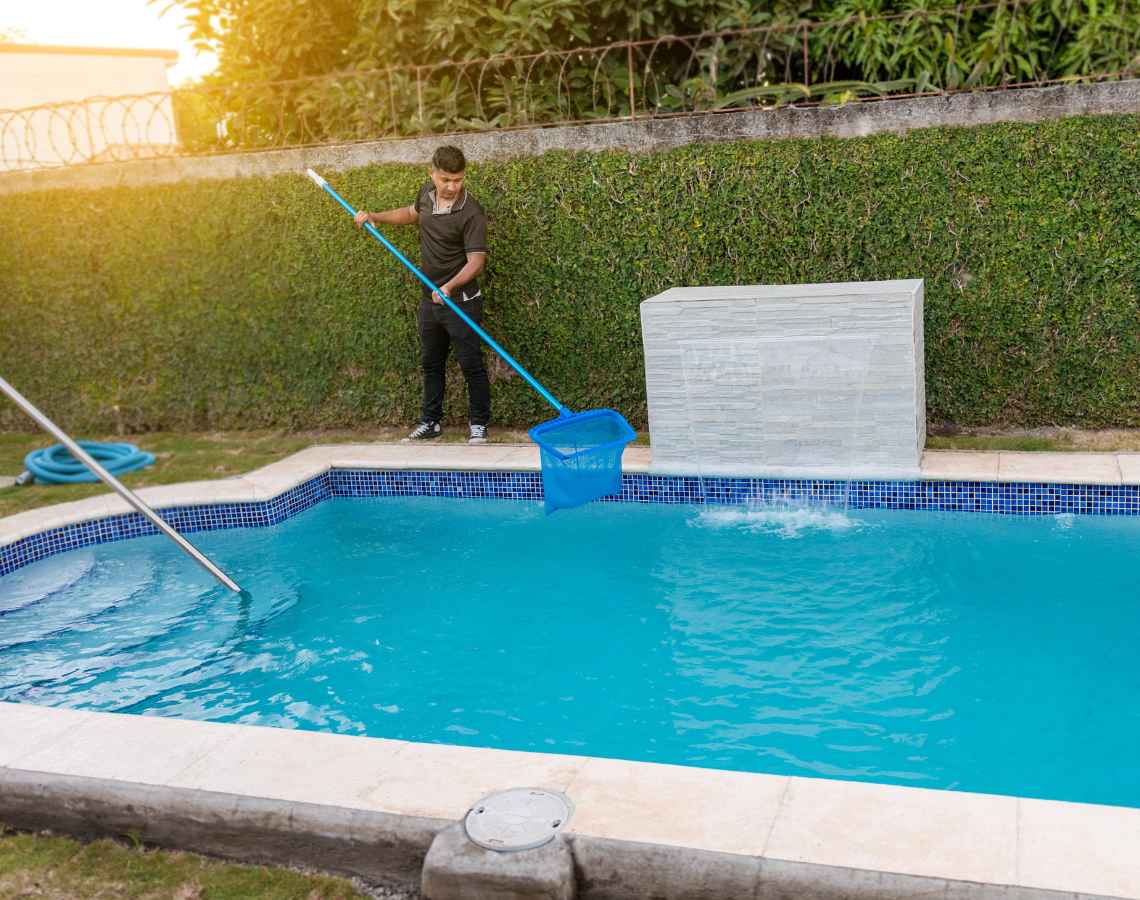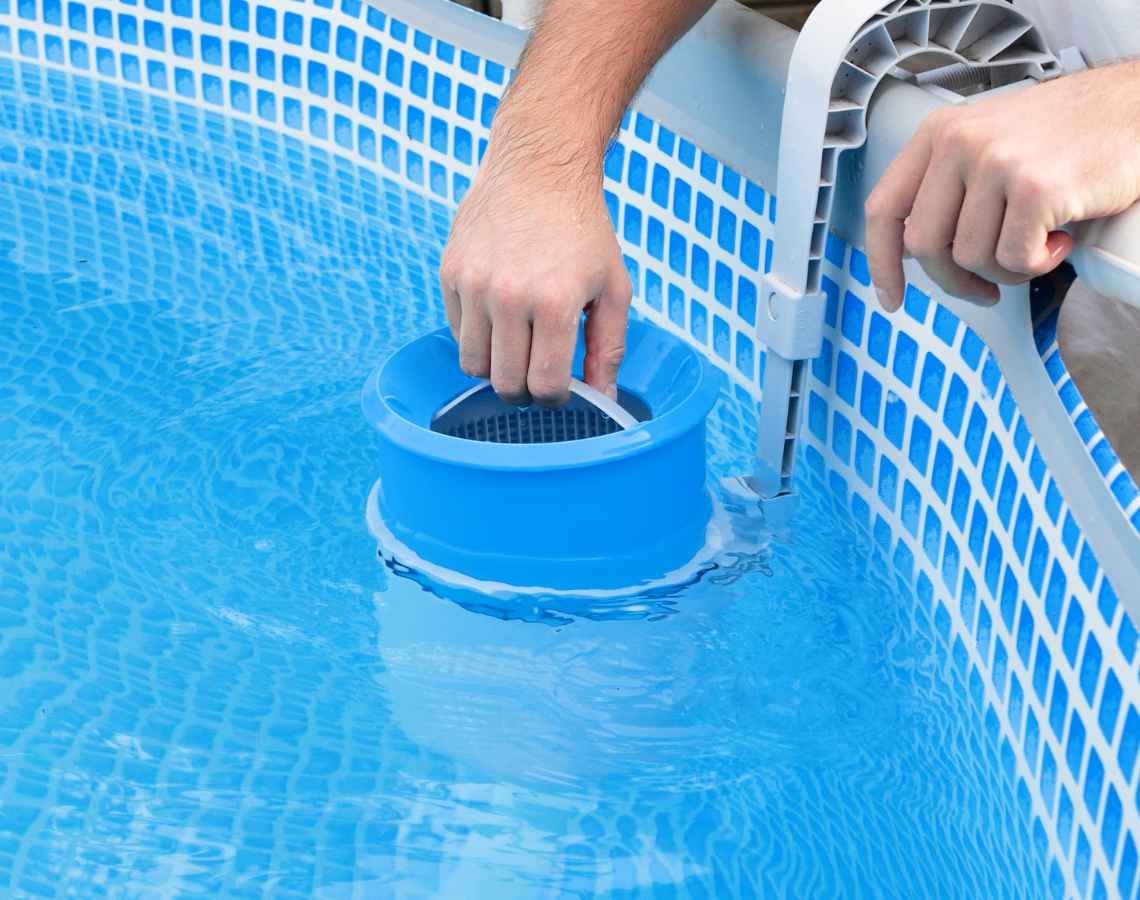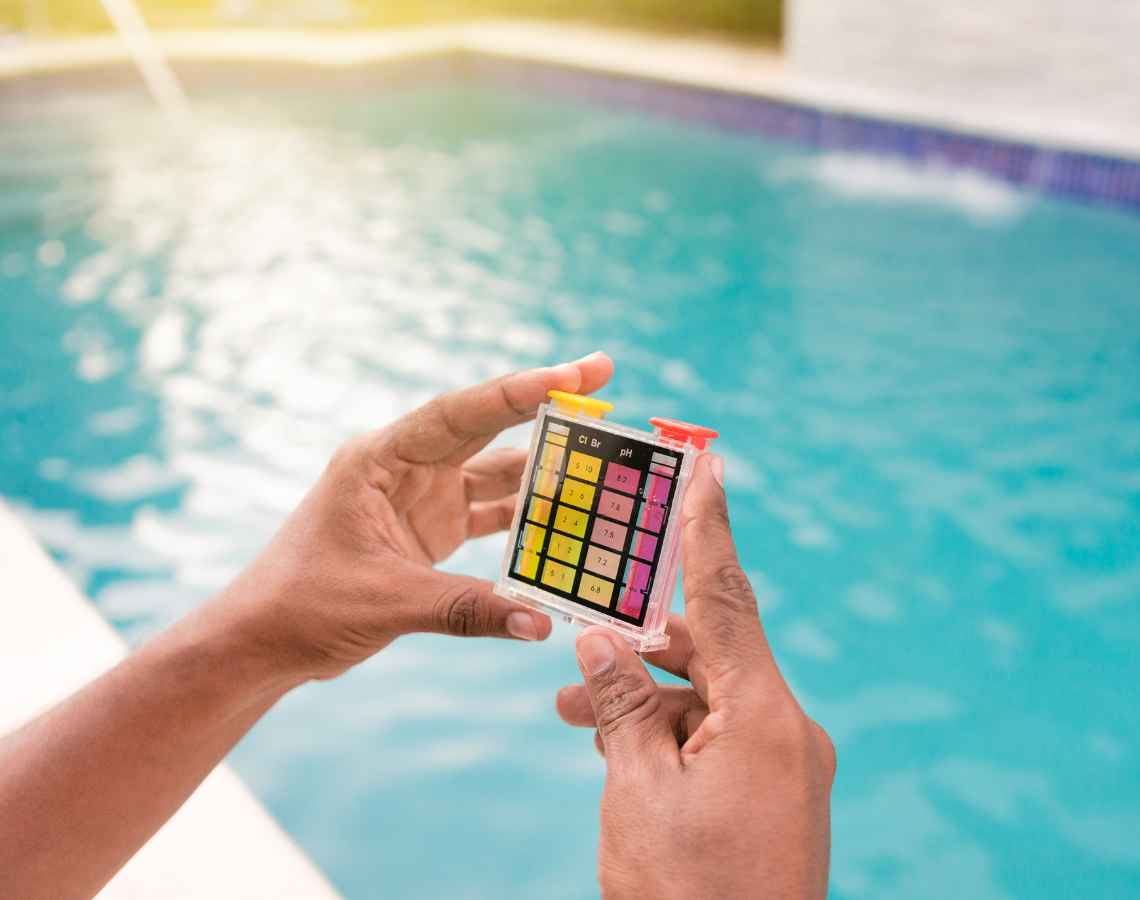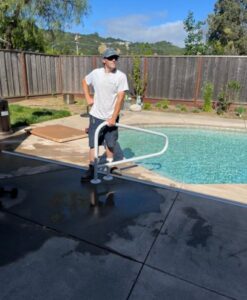The Importance of Regular Spa and Hot Tub Maintenance
Maintaining a spa or hot tub is not just about preserving its functionality; it’s about ensuring an enduring, safe, and enjoyable experience. Regular maintenance is crucial for preventing the buildup of harmful bacteria, extending the lifespan of the equipment, and ensuring optimal performance. In this guide, we’ll explore the essential maintenance practices that every spa and hot tub owner should know.
Enhancing Longevity and Performance
The key to prolonging the life of your spa or hot tub lies in regular and thorough maintenance. By keeping a close eye on water quality, cleaning filters, and inspecting the physical components regularly, you can prevent the common wear and tear that often leads to expensive repairs. This proactive approach not only saves money in the long run but also ensures that your spa remains a relaxing sanctuary.
Ensuring Health and Safety
A clean and well-maintained spa is a safe haven for relaxation. Neglecting maintenance can lead to the growth of bacteria and algae, posing health risks to users. Regularly balancing the water chemistry, sanitizing the water, and cleaning the spa surfaces are essential steps in creating a hygienic environment. This section will delve into the best practices for maintaining a clean and safe spa.

Understanding Your Spa or Hot Tub
Types of Spas and Hot Tubs: Features and Differences
Spas and hot tubs come in various shapes, sizes, and configurations, each with its unique set of features and maintenance needs. From in-ground spas to portable hot tubs, understanding the specific type of your spa is the first step in effective maintenance. This section will provide an overview of different spa types and their respective maintenance requirements.
Key Components and Their Functions
To maintain your spa effectively, it’s crucial to understand its key components. This includes the heater, pump, jets, and filtration system. Each of these components plays a vital role in the spa’s operation, and understanding their functions can help you identify and address issues promptly. We’ll explore these components in detail, providing insights into their maintenance and care.
Water Quality Management: Balancing pH Levels for Optimal Comfort
The pH level of your spa water has a significant impact on user comfort and the longevity of the spa. Water that is too acidic or too alkaline can be harmful to the skin and eyes and can also damage the spa’s components. This section will guide you through the process of regularly testing and adjusting the pH levels to maintain the ideal balance.

Importance of Regular Water Testing
Consistent water testing is crucial for maintaining the health of your spa. It’s essential to monitor the levels of sanitizers, pH, alkalinity, and other chemical components of the water. This part of the article will discuss the importance of regular water testing and how to accurately perform these tests.
Choosing the Right Chemicals and Sanitizers
Using the correct chemicals and sanitizers is vital for keeping the water clean and safe for use. This section will help you understand the different types of chemicals and sanitizers available, how they work, and how to choose the right ones for your spa, considering factors like water type and usage frequency.
Filtration System Maintenance
How Filtration Systems Work
The filtration system is an integral part of keeping your spa water clean and clear. Understanding how your spa’s filtration system works is key to maintaining it effectively. This section will explain the mechanics of spa filtration systems and their role in water cleanliness.

Cleaning and Replacing Filters
Regular cleaning and timely replacement of spa filters are essential for maintaining water quality. This part will provide detailed instructions on how to clean and maintain different types of filters, how often they should be replaced, and the signs that indicate a filter needs replacement.
Troubleshooting Common Filtration Issues
Even with regular maintenance, filtration systems can encounter problems. This section will address common filtration issues, such as clogs or reduced efficiency, and offer practical solutions and troubleshooting tips to ensure your filtration system operates at its best.
Laying the Foundation for Spa Maintenance
In conclusion, this article recaps the essential maintenance practices for spa and hot tub care. Regular maintenance is the key to ensuring the longevity, safety, and enjoyment of your spa. By following the guidelines outlined in this guide, you can keep your spa in top condition and enjoy the many benefits it offers.

Additional Resources and Further Reading
For those looking to deepen their understanding, we’ll provide recommendations for further reading and resources on basic spa maintenance. Whether you’re a new spa owner or looking to brush up on your maintenance skills, these resources will be invaluable.
- The Centers for Disease Control and Prevention (CDC): offers guidance on safe and healthy hot tub use, emphasizing the importance of proper chlorination, maintenance of equipment, and regular testing of chlorine and pH levels. They also provide safety measures to prevent issues like Legionella and Pseudomonas and recommend that hot tubs not exceed a temperature of 104°F.
- Texas Department of State Health Services: provides rules and regulations for public swimming pools and spas, including health and safety codes and administrative codes that might be a useful reference for maintaining your spa according to state guidelines.





 Alex Cota
Alex Cota  Sophie Pekic
Sophie Pekic Rudy Reyes
Rudy Reyes  Mark Harlan
Mark Harlan Kevin Hall
Kevin Hall  Howard (Howie) Van Lare
Howard (Howie) Van Lare  Chris Cavalerro
Chris Cavalerro 

 Betty Garmendina
Betty Garmendina George Wallace
George Wallace Zach Zastrow
Zach Zastrow Jorge Salazar Bernal
Jorge Salazar Bernal Mike Watson
Mike Watson Jane Ciuchta – Hired 2015
Jane Ciuchta – Hired 2015 Bruce Muir – Hired 2020
Bruce Muir – Hired 2020 David-Metzger – Hired 2014
David-Metzger – Hired 2014 Robin Clarke – Hired 2019
Robin Clarke – Hired 2019 Maddi Davidson – Hired 2022
Maddi Davidson – Hired 2022 John Albachten – Hired 2015
John Albachten – Hired 2015 Jay Bergmann – Hired 2023
Jay Bergmann – Hired 2023 Summer Venegas – Hired 2017
Summer Venegas – Hired 2017 Rebecca Jones – Hired 2015
Rebecca Jones – Hired 2015 Jane Doe – Hired 2014
Jane Doe – Hired 2014